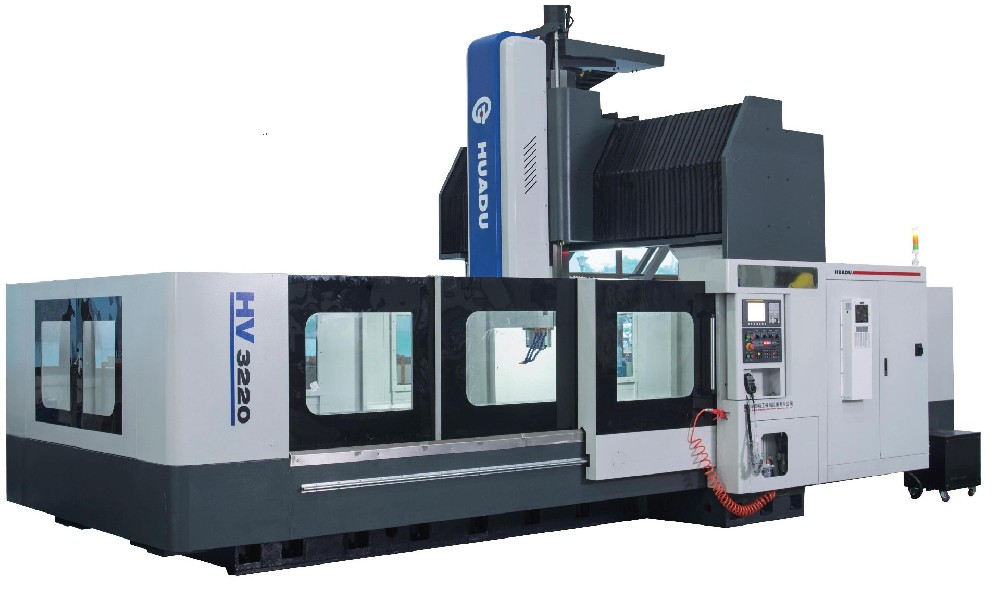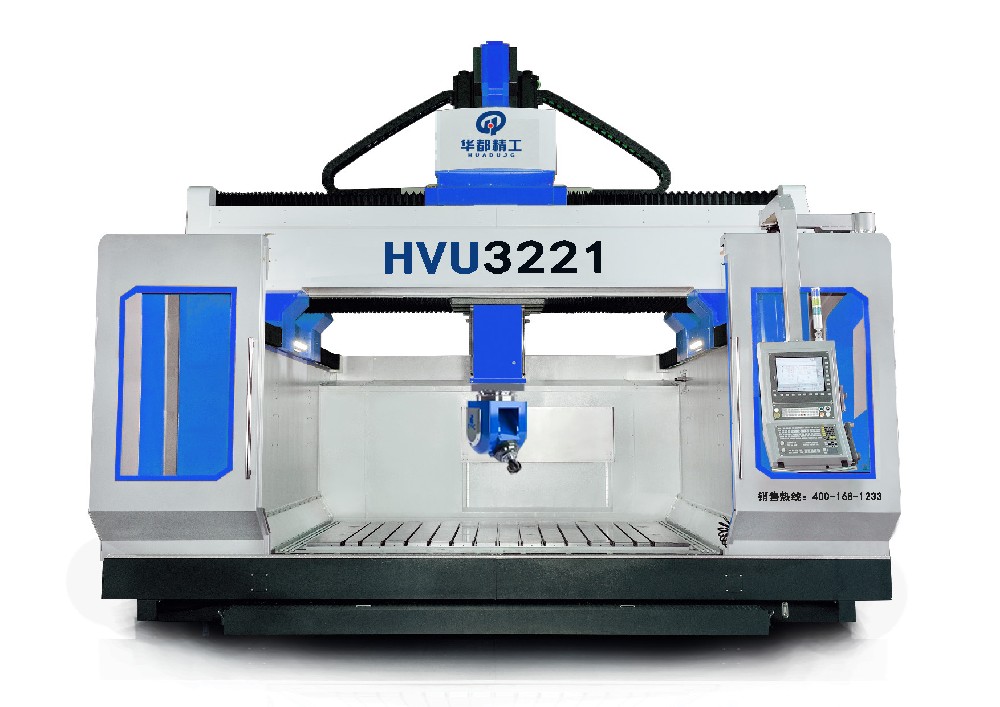The rail transit industry brings new opportunities to the ma
Article source: Click:Date:2019-02-26 12:58:02
Rapid development of China's rail transit
China's rail transit began from the first large speed increase in the late 1990s after the reform and opening up, and the eighth speed increase completed in 2011. The medium-orbital traffic has experienced an expanse of history. Taking Shanghai to Nanjing as an example, the whole journey takes 4 to 5 hours before the speed increase. The fastest one is only 1 hour, and the speed has exceeded 350 kilometers per hour. It takes only 5 hours from Shanghai to Beijing.
In 2012, the famous German consulting agency SCIVerkehr released a research report to announce the top ten new worlds of rail transit equipment manufacturers in 2010, and China South Locomotive ranked first in the world. CSR Qishuyan Locomotive Co., Ltd. is a modern large-scale enterprise that produces trunk railway diesel locomotives as its main products. The main models are Dongfeng 8, Dongfeng 8B, Dongfeng 11, Dongfeng 11G, HXN5 and other series of diesel locomotives.
The locomotives of the first six speed-ups of China Railway are mainly DF11G diesel locomotives based on CSR. In the past two years, the speed of railways has been dominated by electric locomotives. However, diesel locomotives still have an irreplaceable status, especially in terms of speeding freight locomotives. From the overall situation, the demand for diesel locomotives is still quite large. There are currently more than 19,000 full-duty diesel locomotives. In addition, high-power locomotive locomotives are currently in short supply in various locomotive segments and large enterprises such as coal mines and oil. According to preliminary estimates, the total number of locomotives updated each year is more than 600. Including about several thousand repair locomotives per year).
Simple solution to the difficulty of processing major parts of rail transit
Involving rail transit machining, the main components that are relatively difficult to process are the locomotive running parts such as the bogie bogie and the air core bushing, and the key components of the diesel engine. The main components of the locomotive diesel engine have complex structure, high manufacturing precision, shape tolerance and surface roughness (the accuracy index is mostly in the 5~7 grade and the roughness Ra0.4). It requires good interchangeability, such as the body and crankshaft. The main purpose of the connecting rod, cylinder head, etc. is to ensure the high reliability, high durability and high safety factor of the locomotive in high-speed operation.
In terms of the key components of diesel engines, the dimensional accuracy of many components is in the μm class, which was previously unimaginable and could not be done at all.
Crankshaft
Example 1: Introducing the crankshaft: the total length is more than 4m, the weight is 2,500kg, the main journal is 250 (-0.029~0)mm, the total runout is 0.06mm, etc.; the relevant geometrical tolerances and roughness requirements are extremely strict;
The main difficulties are as follows:
- high requirements for blank extrusion, high dimensional requirements for non-machined surfaces after forming;
- Balance block welding requirements are also not used in the original medium crankshaft;
- Due to the balanced block welding structure, the radius of gyration of the machined equipment is increased, and the geometrical tolerance is high;
- The heat treatment method of spray cooling normalizing + final surface nitriding is difficult to control the deformation.
Example 2: Thin-wall taper sleeve of crankshaft attachment: outer circle 210 (-0.03~0)×160mm, wall thickness only 5~7mm, roundness 0.01mm;
The main difficulties are as follows:
- processing and control deformation of thin-walled taper sleeves;
- 80% compatibility with the 1:50 taper of the flywheel flange and interchangeability;
- The control of the interference is strict (as shown below).
The description of the main processing equipment
Machining is made up of basic processing methods such as turning, milling, planing, boring, drilling, grinding, etc. Around the different products and different processing steps of the same product, the lathes and milling machines of a single processing function with a large number of traditional structures have been used in the past. General equipment such as planers, boring machines, drilling machines, grinding machines, etc. With the development of technology, the proportion of these common equipment has been greatly reduced. Instead, CNC lathes, vertical and horizontal machining centers are mainly used for single-axis and two-axis machining.
The development of random bed accessory products and in-depth study of related technologies, today's CNC machine tools have been dominated by flexible, composite, multi-axis linkage, high precision, high speed. Such as multi-axis linkage milling and milling center, boring and milling center, follow-up grinding machine and so on. The performance of the machine tool also has the characteristics of high speed, high efficiency processing and intelligence with the development of tool materials and manufacturing technology, computer software technology, precision measurement technology and fast servo drag technology. In addition, in order to meet the user's product production needs, some functional and versatile technologies are also produced in various types of machine tools. Such as: laser and milling (DMG) twist together; turning and grinding (Warenberg) and so on.
In recent years, in order to adapt to the ever-evolving market demand, CSR has mainly added or introduced some domestic and imported vertical and horizontal machining centers (suitable for parts: connecting rods, cylinder heads, etc.); gantry machining centers (suitable for parts: body) , frame, etc.); turning and milling machining center (suitable for parts: camshaft, crankshaft); boring and milling machining center (suitable for parts: holding axle box, etc.); crankshaft, camshaft special grinding machine, and vertical double grinding head grinding machine. The machining center has a small footprint, one device can withstand the function of four or five sets of equipment; and the processing quality is high, the reliability is high; the operator's physical exertion is small.
Still taking the crankshaft as an example, a turning and milling center replaces the machining functions of the car, milling, drilling, expanding and reaming that were previously required to be realized by 6-7 machine tools, including the main journal of the crankshaft, the connecting rod neck and the crank. Machining, flange hole machining, keyway machining, threaded hole machining, main oil hole and oblique oil hole processing, etc., reduce the number of clamping times, improve product accuracy, and greatly reduce the tooling preparation for trial production of new products. The processing flexibility of the machine tool is greatly enhanced; similarly, a crankshaft follower grinder replaces the original ordinary large-scale cylindrical grinder and connecting rod crankshaft grinder. One device has the effect of two grinders, and the floor space is only one. Table grinder.
In addition, CNC online measurement also solves the measurement problems in previous machining. The Marposs FENAR-L online diameter measuring device can control the accuracy of online product processing in real time and set the automatic alarm beyond.
At the same time, in the application of the knife, the accuracy of the tool is solved, the defective products are avoided, and the processing efficiency is improved. The previous online measurement is that the operator with the vernier caliper or the inner and outer cards is controlled by the operator's experience; the senior worker (level 6 or above) is generally around 0.02mm, and now the tool setting instrument can accurately reach the μm level. It is also extremely high.
Composite tool application
In the 1980s, the tools used in machining were mostly welding tools, and a few non-standard tools—also welded. At present, only a few are welding tools, most of which are machine clamping tools, forming combined tools, and composite tools. Especially for tools used in advanced equipment such as machining centers, 100% are standard machine tools and non-standard machine tools. But the cost of the tool is also quite expensive. (The ratio of manufacturing costs to tool consumption is 5 to 15%.)
The compound processing technology realizes the relatively concentrated processing process, reduces the number of repeated loading and unloading and positioning of the workpiece, shortens the machining auxiliary time, improves the machining accuracy and production efficiency of the workpiece, and significantly reduces the number of equipment, saving the production area of ??the production line and making the unit area The output has been greatly improved, and at the same time, the labor intensity of workers has been reduced (of course, the cultural and technical quality of workers needs to be improved).
In addition, in composite machining, it is quite common to use a composite tool to form some holes with high coaxiality requirements or to process some complex profiles. One is because of high precision and the other is high processing efficiency. It is quite common in some high-end machining fields such as Europe and the United States, but there are still some gaps in manufacturing precision in the tool manufacturers. In recent years, it has not been promoted in the railway industry. This may be a weak link that needs to be strengthened in the future.
The current situation and the corresponding problems to be solved
Tool set
The tools used by various machine tool factories are different, and the tool setting instruments are also different. One pair of tool sets is expensive, 40 to 500,000, or even millions, and cheaper is more than 3 to 5 million. It is inconvenient, but the tool setter for each device also imposes an additional burden on the user; in addition, the failure rate is also high. It is often bad and repairs are quite difficult. - Such a good thing has become a bad thing.
Ordering of forming (composite) tools
The forming tool has a long ordering period and high price; some non-standard tools take three months or even longer.
Tool cost
Another important issue is that the tool costs are too high.
Taking the crankshaft as an example: processing a finished crankshaft, there are about 6 to 7 processes in the upper turning and milling center, the tool cost is about 50,000 yuan/root, and the cost of the tool is several dozens or even hundreds of times. This will eat all the advantages of low labor costs.
Actual use problem
When the machine tool is ordered, there is not enough communication between the two sides of the process, resulting in a long time span of pre-acceptance and final acceptance, and after acceptance, there are considerable details (programming, tool use and foreign understanding of drawings and processes) Deviation on, etc.).
Rail transit and machine tool manufacturing promote mutual development
The rapid development of rail transit has brought new development opportunities to the machine tool equipment industry and the corresponding tool industry. In April 2012, the “8th China International Metal Processing Summit Forum” was held in Nanjing. The theme of this summit forum was “Towards the Overall Solution Age”, which triggered a heated discussion among experts and scholars.
At present, the enterprises in the company, after introducing advanced machine tool equipment and tools, combined with the special products of rail transit, have a long process of digestion, absorption and consolidation. Especially for process programming, operators and even production management personnel have a gradual process from unfamiliar to initial mastery and then to application. Therefore, how to be a good craftsman of the enterprise, help the enterprise to put the equipment and tools into use as soon as possible and quickly generate benefits - this in turn, to establish a good image for their own products, this is a new topic in front of equipment manufacturers. At the same time, how to quickly master advanced equipment technology is also a long-lasting issue facing Chinese corporate customers.
The future development of the rail transit manufacturing industry is constantly evolving with the development of the random bed manufacturing industry; it is constantly developing with the different needs of various industries. Green and diversified (to meet the requirements of different users), low noise, low pollution, low fuel consumption, low emissions (to meet TierIV emission requirements) and high reliability are also the goals of diesel locomotive design and manufacturing. CSR Qishuyan Locomotive Co., Ltd. plans to continue to work in this direction through cooperation with the international community.
Ranking
- China Machine Tool Industry Association Tool Branch 8th Gene
- Analysis of the development of domestic robot industry under
- The focus of the international mold manufacturing industry i
- The new manufacturing industry will showcase the investment
- Molding industry cluster is rising in Tianmen
- Jingdong Express robots use the development status of the ro
- How is the Chinese robot developing compared to Germany and
- Supply and demand situation, import and export of China's ma
- The machine tool industry is facing a critical period of tra
- 2019, China's machine tools are advancing
New
- China Machine Tool Industry Association Tool Branch 8th Gene
- Analysis of the development of domestic robot industry under
- The focus of the international mold manufacturing industry i
- The new manufacturing industry will showcase the investment
- Molding industry cluster is rising in Tianmen
- Jingdong Express robots use the development status of the ro
- How is the Chinese robot developing compared to Germany and
- Supply and demand situation, import and export of China's ma
- The machine tool industry is facing a critical period of tra
- 2019, China's machine tools are advancing
- Review of China's machine tool industry news in 2018
- The rail transit industry brings new opportunities to the ma
- Five-axis horizontal boring and milling machining center pro
- Constant temperature assembly workshop?
- Six-axis horizontal boring and milling CNC product features?





 WEIXIN
WEIXIN  DOUYIN
DOUYIN